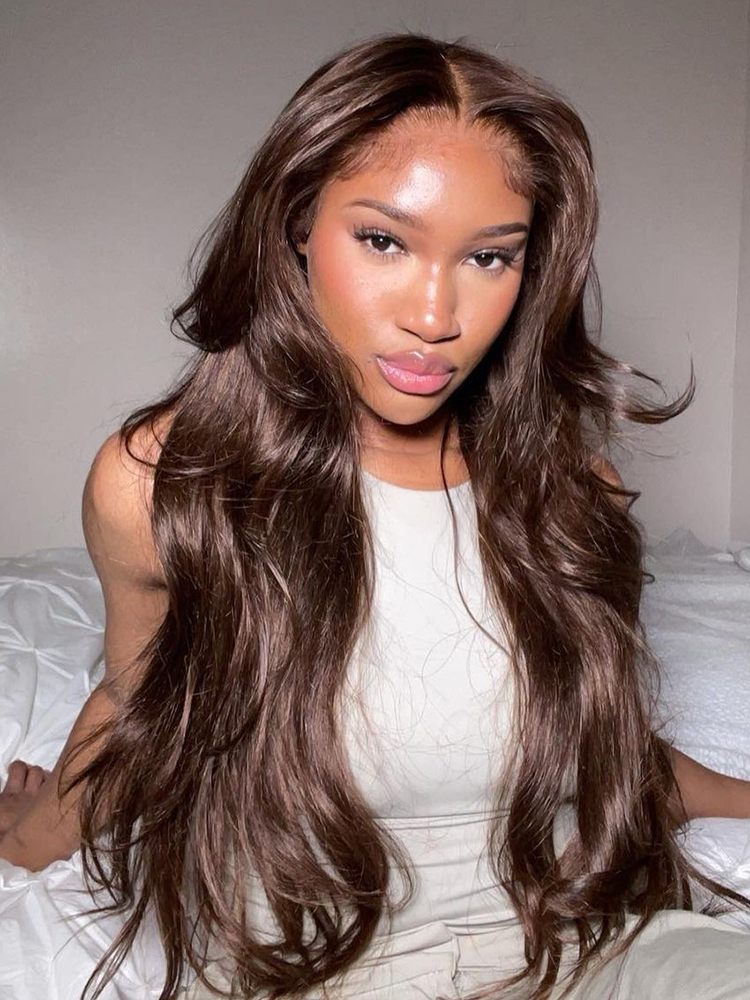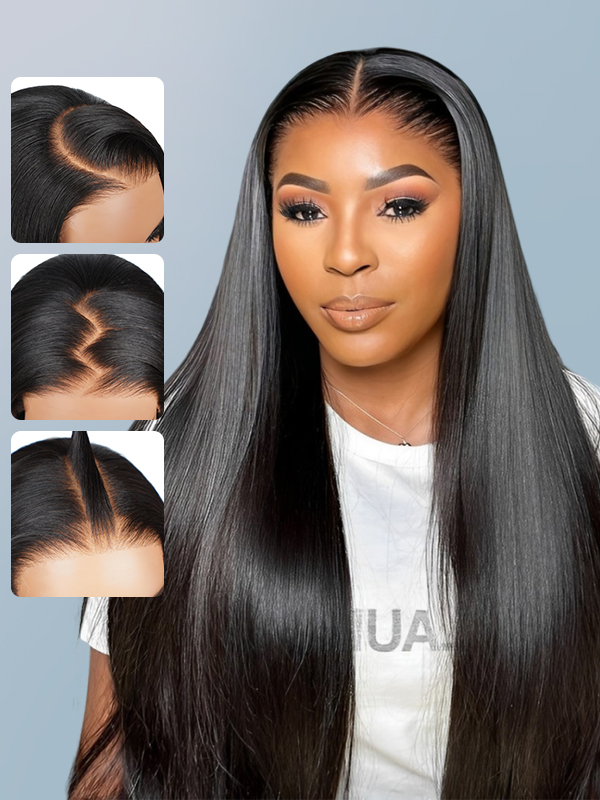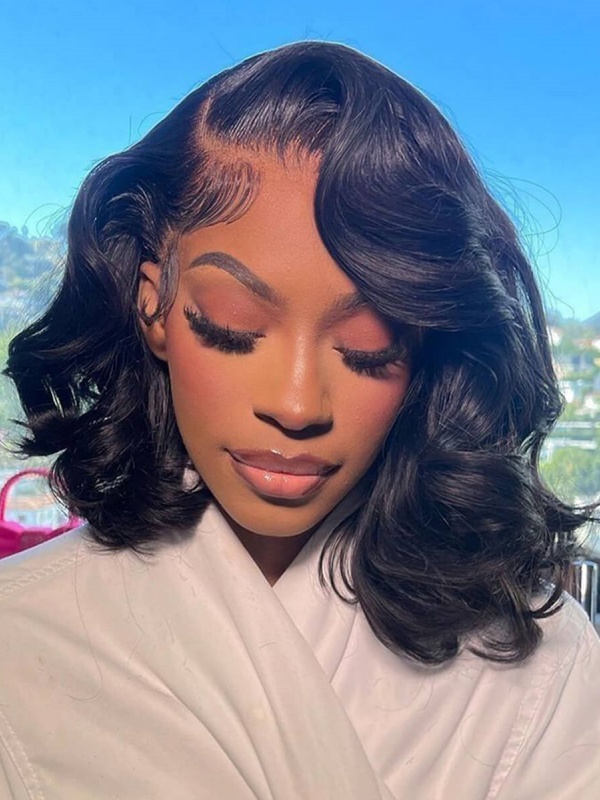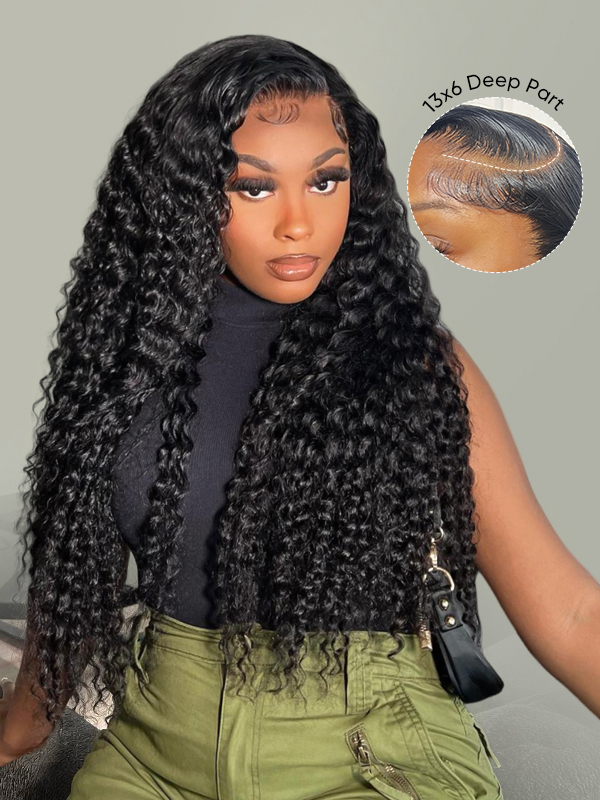What hair color best suits me is more than just a beauty choice; it’s a prominent way of expressing oneself and can bring a person a whole new level of confidence when it comes to their appearance. Hair color can enhance one’s features and create a beautiful balance that makes one’s overall look seem more harmonious and put-together. While so many shades and tints are available on the market today, both exciting and overwhelming, we still have to consider a few factors when picking a shade that rightfully belongs to us.
Considering Your Skin Tone and Undertones
The vital step in finding your perfect hair color starts with a close examination of your skin tone and, even more critically, your undertones because these determine how well a certain shade works with your natural complexion.
If you have a cool undertone(bluish or pinkish hues beneath your skin), you probably look best with ashy tones like platinum blonde, cool brown, or black. If you have a warm undertone(skin with yellow or golden hints), you likely shine in warmer shades like golden blonde, honey, or copper red. If you have neutral undertones, you can experiment across a much wider spectrum of shades with good results.
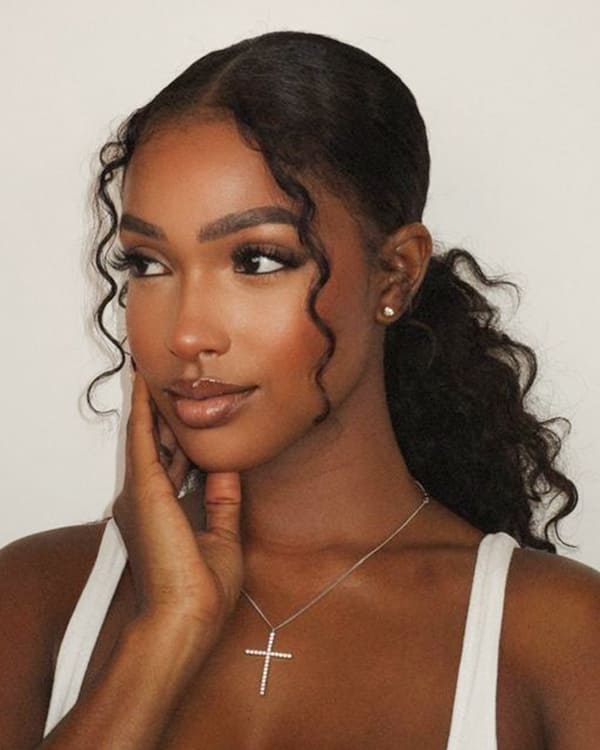
Eye Color as a Supporting Factor in Color Selection
While skin tone takes center stage, eye color is a dependable second when it comes to determining what hair color best suits me and fulfills my destiny. It could enhance or beautifully contrast with my chosen hue.
Individuals with blue or green eyes often shine in shades that create a contrast with their chosen hue, such as dark brown or warm copper. Those with brown or hazel eyes may find golden or caramel tones especially flattering. It seems that you can either intensify the natural shade of your eye or go for a look that provides a striking, friggin'-A way-to-wake-up-your-face kind of contrast.
Lifestyle, Maintenance, and Personality Matching
Aside from looks, functionality, and style have a huge role to play in hair color choice. For busy people or those in a rush, certain color choices can save lots of time when it comes to upkeep. If someone is coloring their hair drastically different from their natural shade, touch-ups are going to be necessary every 4-6 weeks to keep the hairline looking decent. Hues that flow or fade into one another can be much more forgiving.
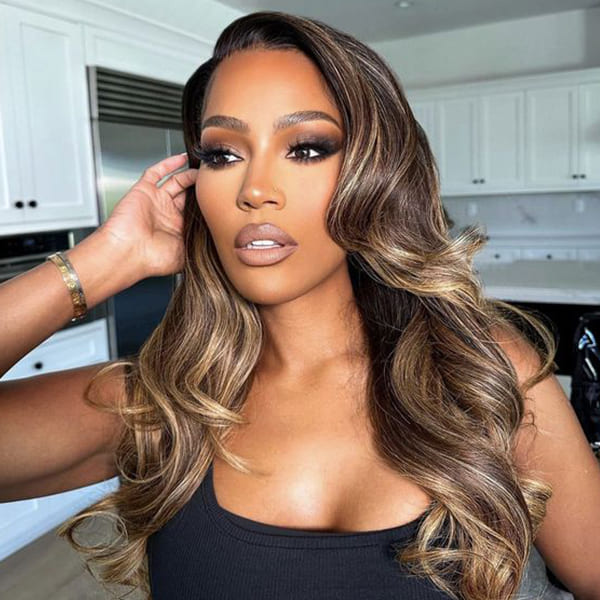
Seasonal Trends and Their Influence on Color Choices
You might also choose to influence your hair color seasonally for natural reasons. The changing light and your wardrobe color can alter how your hair color looks and feels in different environments.
In warmer months, many of us gravitate toward lighter and warmer tones. They're often more "vibrant" and feel much more alive. In the cooler months, we tend to go deeper, richer, and more intense with the color choices.
Warm, chocolatey, auburn-brunette hair feels, for me, much more appropriate in the fall and winter. Even without making big, dramatic changes, I play around with seasonal hair color. It's all about the "subtle" seasonal adjustments.
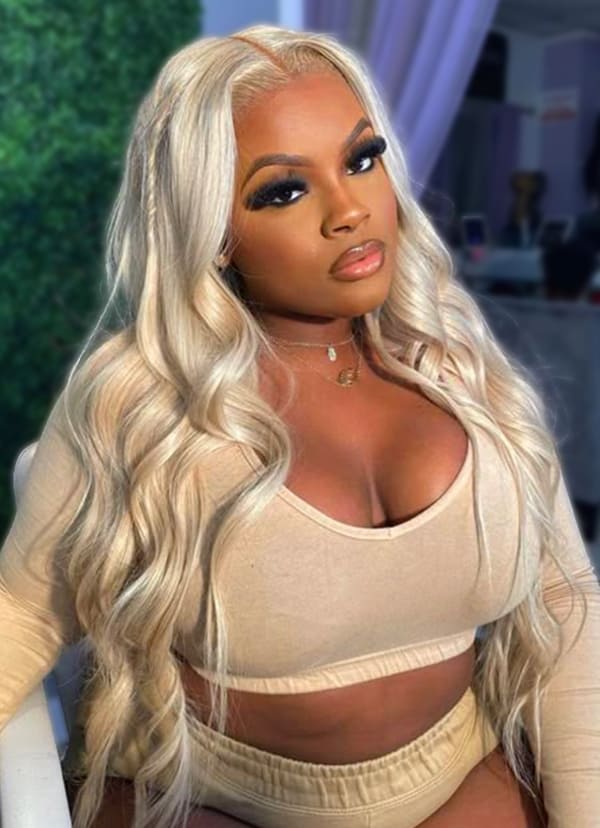
Natural Hair Texture and How It Affects Color Perception
An overlooked aspect of hair color selection is natural hair texture, which can greatly affect how any chosen shade may appear post-application. Curl patterns and the coarseness of hair can make a color reflect light in a completely different way than a shade might with straight, fine, or even slightly wavy hair.
It can also affect how even a color may look from root to tip, which is part of the post-color equation that should also include the consideration of color plus texture mix and what looks good, or not so good, to the eye.
The Importance of Professional Advice and Color Testing
Although social media, celebrities, and color guides can be good sources of inspiration, getting professional advice guarantees that the color you choose will work with the one-of-a-kind features that you bring to the table, as well as the health of your hair.
Often, a stylist will help you decide with something called a strand test, and, if all goes well, this is a good indication that the shade you've settled on will work for you. Hair not only has individual characteristics that can affect the way a color looks and lasts, but it can also be healthy or in need of serious help, and those factors matter, too.
Exploring Natural and Sustainable Hair Color Options
Natural, plant-based, and ammonia-free hair colors, recently on the rise, allow people to alter their hair while keeping the health of their scalp and the planet front of mind. And the results are often just as stunning (if not more so) than those achieved with traditional hair colors.
This is especially true for those seeking a subtle change or coloring their hair for the very first time. These colors often last just as long (or longer) than traditional ones, with less likelihood of color fading over time. So if you're questioning what hair color best suits me while also living up to your commitment to wellness and eco-consciousness, consider using one of these options.
Personal Style and How It Completes the Hair Color Equation
Lastly, personal style should never be underestimated when making decisions about hair color; your wardrobe, accessories, and overall aesthetic play a huge role in how well a color blends into your identity.
Bold, fashion-forward individuals might favor unconventional hues like lavender, silver, or teal; softer medium browns, natural deep blacks, or delicate golden blondes may suit classic or minimalist types. When your hair color matches your fashion sensibility, it completes a cohesive image that feels genuinely you.
Recommendation
If you are prepared to look into top-tier alternatives that assist you in determining exactly which hue of hair is the most flattering, WIGGINSHAIR has an astonishing array of exceptional human hair wigs that come in all sorts of colors, textures, and styles. With their range, you can try different styles until you land on the one that looks and feels undeniably you.




